New road network to enhance property values, access
These new road networks will surely decongest Luzon, prop up property values in surrounding areas, which practically comprises the whole region, and consequently improve the lives of Filipinos.
Wherever part of the country one’s home is, it could never be too far as long as there’s a road that provides easy access and convenience.
Infrastructure developments in recent years have indeed made many parts of the country, its nooks and crannies, much more connected now more than ever.
But such connections have even accelerated in recent years, owing to the Duterte administration’s Build Build Build program with the Department of Public Works and Highways (DPWH) led by the indefatigable DPWH Secretary Mark Villar, at the core of this program.
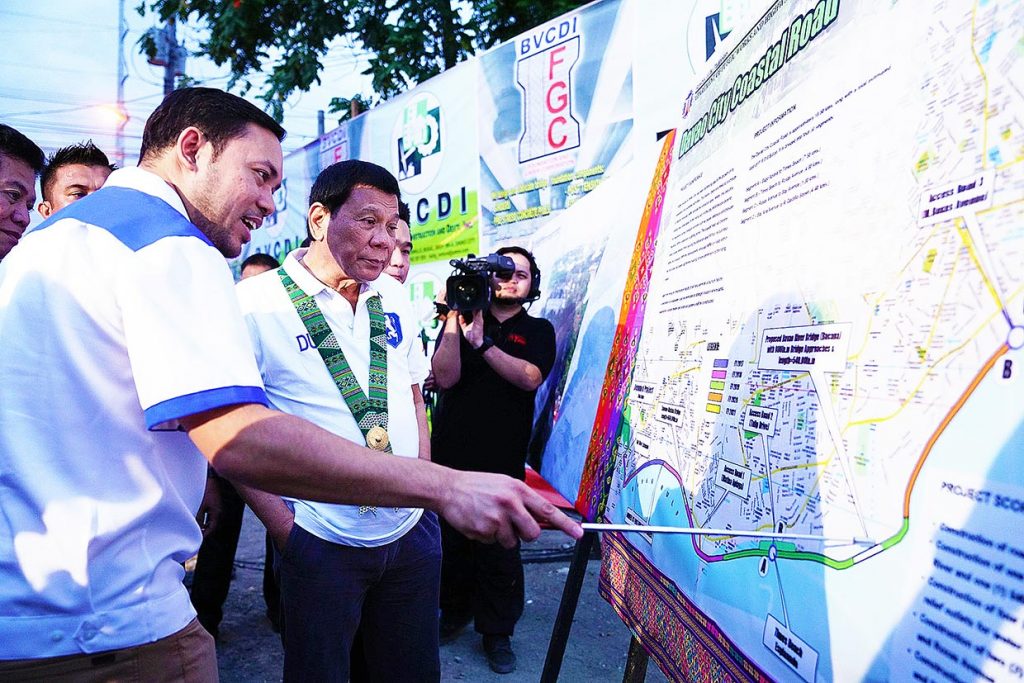
Aside from providing access, these new road networks, bridges, expressways have significantly raised land values in many parts of the country, enhancing homeowners’ property values and their access between their homes and the world outside their communities.
LUZON SPINE EXPRESSWAY NETWORK PROGRAM
This is DPWH’s flagship road project and it envisions 906 kilometers of high standard highways and expressways in Luzon, which is about twice the 382 km stretch of existing highways in Luzon.
The P633 billion priority program of the government aims to reduce travel time between Ilocos and Bicol from 20 hours to just nine hours.
CLOSER TO HOME
More than reducing travel time, these new road networks will enable Filipinos to become closer to home, wherever their home maybe, because in the long-run, all the new roads would help decongest traffic in Luzon.
FROM NORTH TO SOUTH
Areas outside that were once so difficult to reach such as Laguna, Cavite, Sucat, Alabang, Tagaytay, Bulacan for instance are slowly becoming short drives, thanks to these new road networks.
For sure, property prices and land values in these areas will surely appreciate with these new roads.
Once complete, these new roads indeed will pave the way for better lives for Filipinos. Gone are the days when those who live in the outskirts of Metro Manila need to brave an arduous commute to get to their place of work.
Homeowners in nearby provinces will also find the value of their property appreciate as new roads, bridges, and infrastructure are built.
TARLAC-PANGASINAN-LA UNION EXPRESSWAY SECTION 3
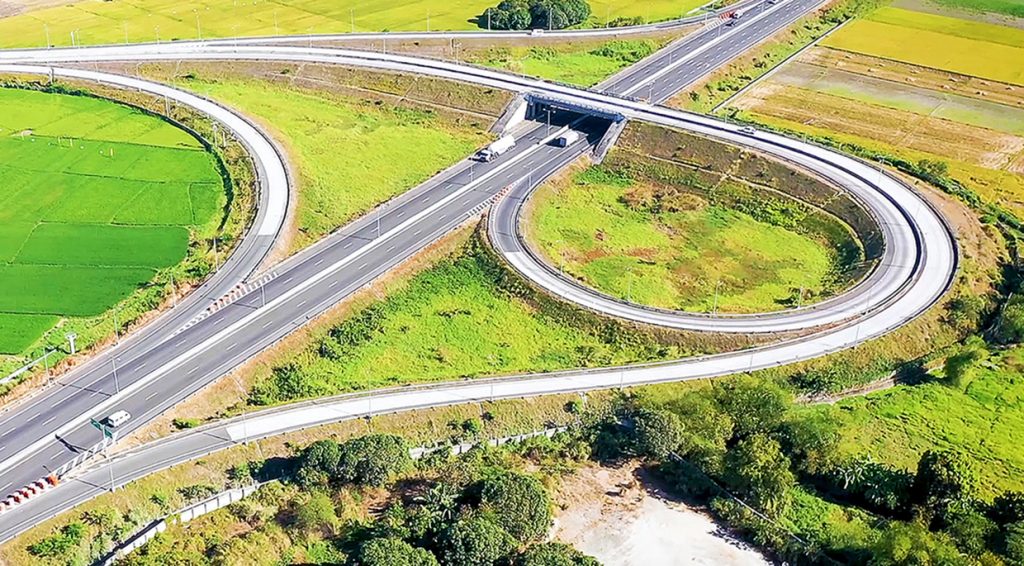
One major project under the Luzon Spine Network is the 89.21-km expressway from Tarlac City to Rosario, La Union.
This was opened to traffic last July 15, 2020, and has cut travel time between Tarlac City and Rosario, La Union to one hour from 3.5 hours previously, benefitting 20,000 travelers per day.
The Section 3 comprises the Urdaneta City-Rosario, La Union leg spanning 27.31 km.
TPLEX EXTENSION
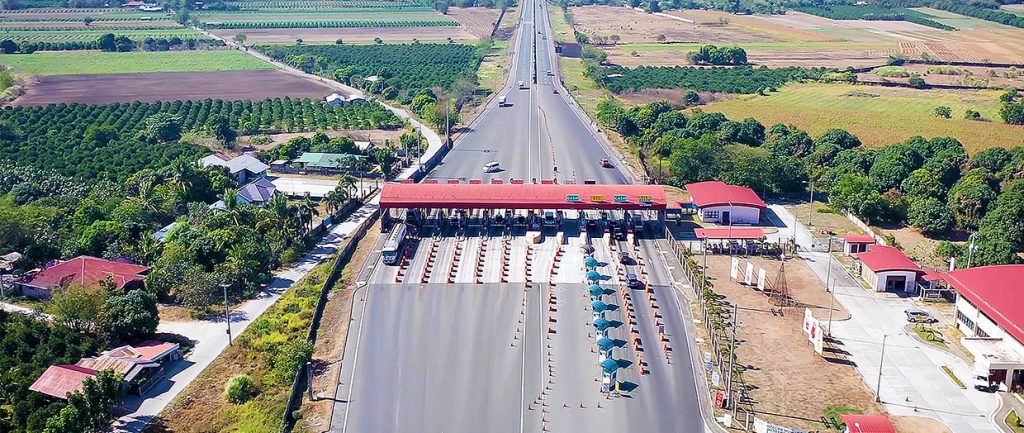
Another project in the flagship program is the TPLEX extension, which involves a 59.4 km four-lane toll road which will start from the last exit of the Tarlac-Pangasinan-La Union Expressway (TPLEX) in Rosario, La Union and will terminate at San Juan, La Union.
Residents in these provinces and travelers traversing these routes will surely benefit from the more convenient new road access.
CENTRAL LUZON LINK EXTENSION
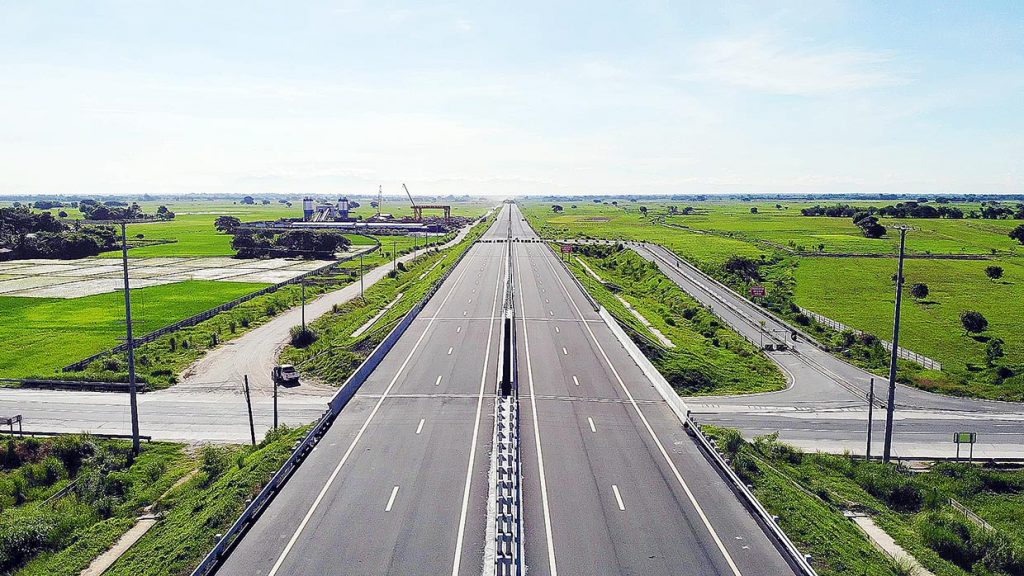
This is a 30 kilometer, four-lane expressway from Tarlac City to Cabanatuan City, Nueva Ecija, which would pave the way for easier access to the rice capital of the country. It is seen benefitting rice traders and residents alike.
Travel time between Tarlac City and Cabanatuan City will be reduced from 70 minutes to 20 minutes and will benefit 11,200 motorists per day.
It is targeted for completion by July 2021 and is now 89.63 percent complete.
ARTERIAL, PLARIDEL BY-PASS ROAD, PHASE 3
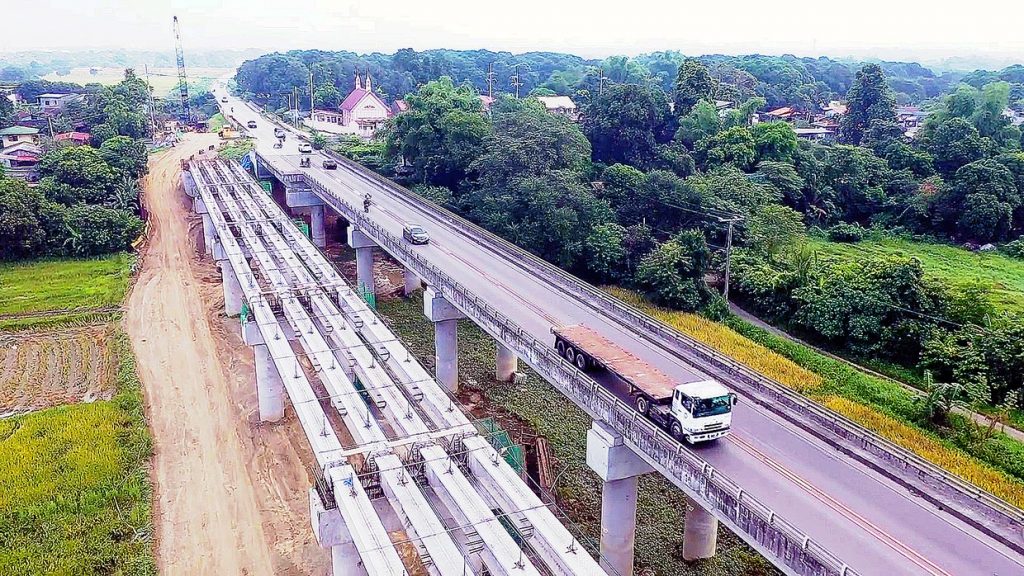
The project involves widening the 24.61 km bypass road to four lanes from just two lanes, including 10 bridges, drainage facilities, and slope stabilization works.
It will reduce average travel time between Burol, Balagtas and Maasim, San Rafael in Bulacan from 69 minutes to 24 minutes, benefitting 15,000 motorists per day.
Residents of Bulacan who feel isolated will be more connected than ever.
The completion is seen in June 2023.
NLEX HARBOR LINK SEGMENT
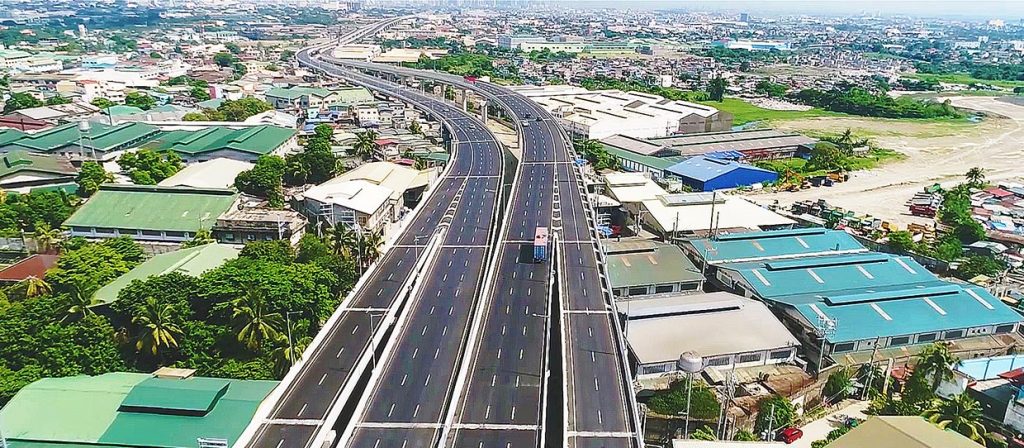
This 5.58-kilometer expressway has connected McArthur Highway and C-3 and has reduced travel time from Valenzuela City to C-3 Caloocan City to five minutes from more than one hour previously.
It has reduced travel to five minutes from more than 1 hour, benefitting 20,000 motorists per day.
NLEX HARBOR LINK C3-R10 SECTION
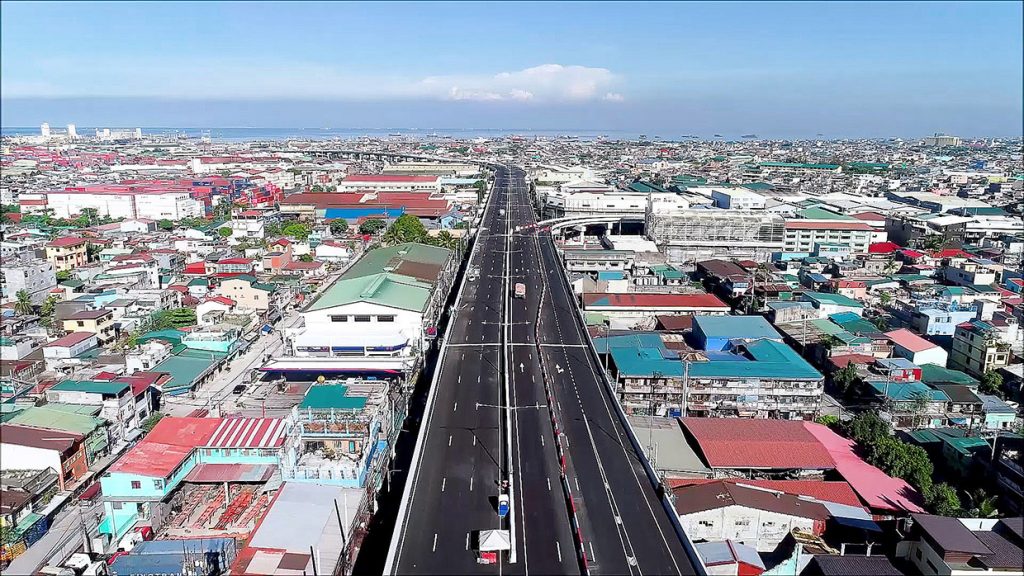
Decongesting the port area and the perennially busy C3 Road is the goal of this 2.6 km, six-lane divided, all elevated portion of the NLEX Harbor Link from Caloocan Interchange in C3 Road, Caloocan City to Radial Road 10 – Navotas City.
It has shortened travel time from the port area to NLEX (and vice versa) to only 10 minutes from one hour, benefitting 30,000 motorists per day.
NLEX HARBOR LINK SEGMENT
Another NLEX Harbor Link segment is this 8.35 kilometer, four-lane divided expressway from Segment 8.1 at Mindanao Avenue to Republic Avenue, turning right to Luzon Avenue up to Commonwealth Avenue in Quezon City.
Travel time from Mindanao Ave. to Commonwealth Ave. will be reduced from 45 minutes to 10 minutes with scheduled completion in 2024.
NLEX CONNECTOR ROAD
Another equally important project is the eight-kilometer, four-lane elevated expressway extending the NLEX southward from the end of Segment 10 in C3 Road, Caloocan City to PUP Sta. Mesa, Manila and connecting to the Skyway Stage 3, and mostly traversing along the PNR rail track.
Travel time from SLEX to NLEX will be reduced to 20 minutes from two hours, benefitting 35,000 motorists per day.
Many residents of Makati, Manila, and even students in the University Belt are seen benefiting from this project as well which is slated for completion in March 2022.
Metro Manila Skyway Stage 3
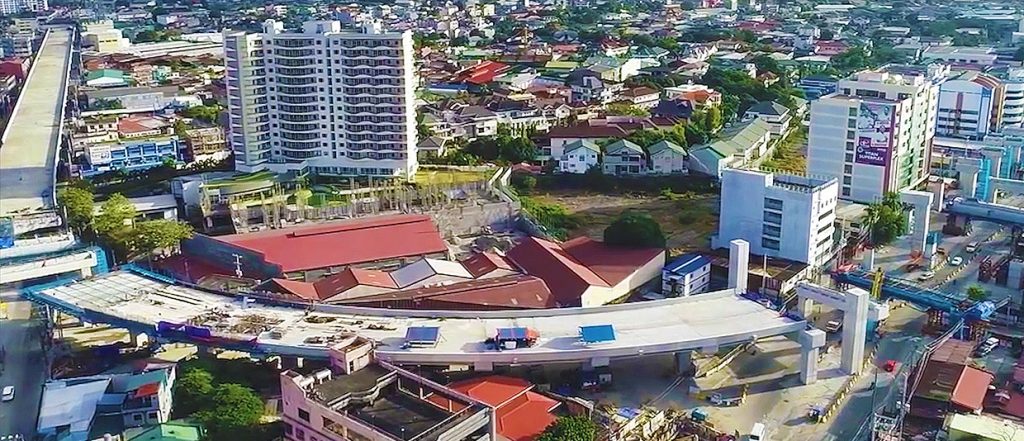
This 18.83-kilometer elevated expressway from Buendia, Makati City to the North Luzon Expressway in Balintawak, Quezon City will reduce travel time to 20 minutes from two hours previously.
This is a major project that would benefit subdivisions, condominium projects, and other residential developments along EDSA and other major roads in Metro Manila such as Quezon Ave., Araneta Ave., Nagtahan and Quirino Ave
Already 90 percent complete, full completion is seen in December 2020.
ALABANG SUCAT SKYWAY CONNECTION
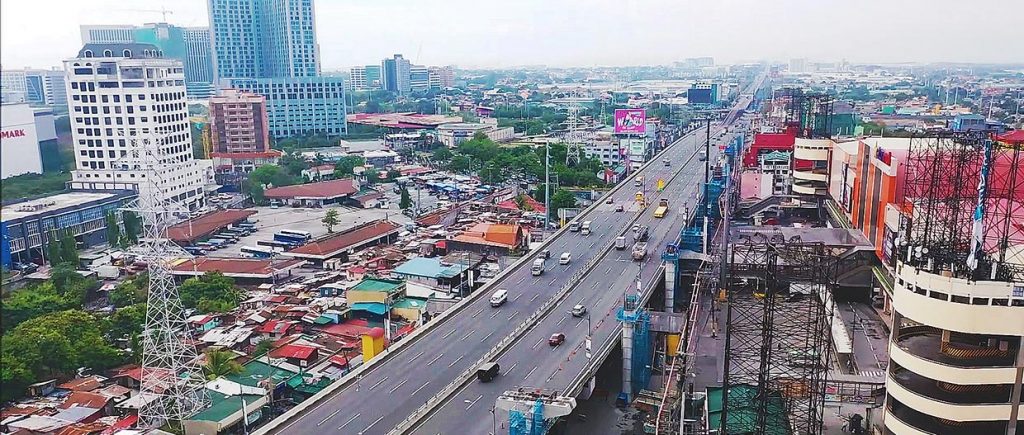
This project will decongest the Skyway and benefiting Alabang and nearby areas’ residents.
MANILA CAVITE TOLL EXPRESSWAY, C5 SOUTHLINK EXPRESSWAY
Another project that would surely increase Cavite’s land values is this expressway, which will reduce travel from the expressway to SLEX/C5 to 10 minutes from 40 minutes previously.
It is slated for completion in 2022.
NAIA X Phase II
Residents in communities living near the country’s main gateway and inside the Entertainment City will continue to find NAIA Expressway a blessing.
Travel time between Skyway and Terminal 1 has been to eight minutes from 24 minutes previously.
NLEX-SLEX CONNECTOR ROAD
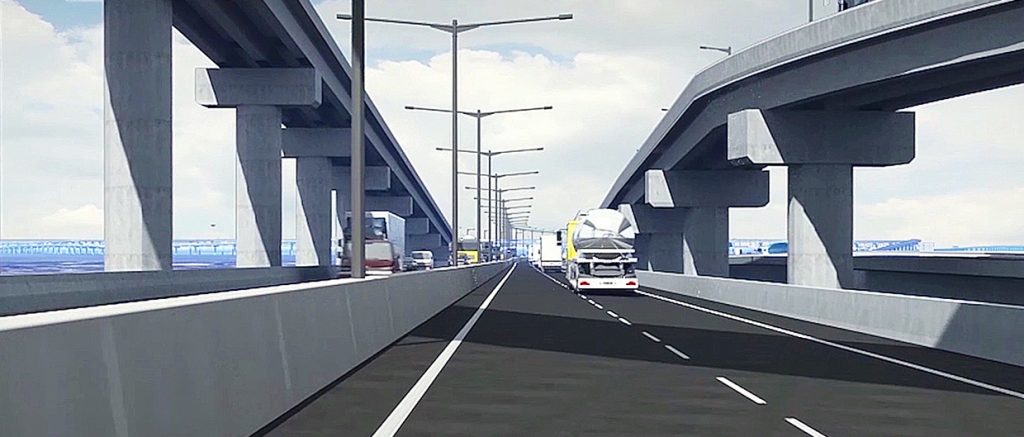
Another important road project is the eight-kilometer, four-lane elevated expressway extending the NLEX southward from the end of Segment 10 in C3 Road, Caloocan City to PUP Sta. Mesa, Manila and connecting to the Skyway Stage 3 and mostly traversing along the PNR rail track.
Travel time from SLEX to NLEX will be reduced to 20 minutes from two hours, with scheduled completion in March 2022.
CAVITE-LAGUNA EXPRESSWAY
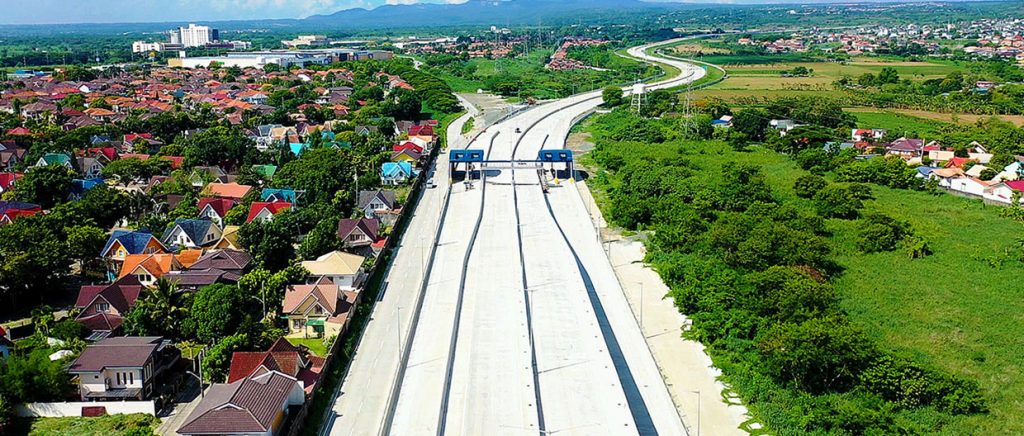
This 45.29-kilometer expressway connecting CAVITEX in Kawit, Cavite and SLEX-Mamplasan Interchange in Biñan, Laguna will be a game-changer for the communities of Cavite and Laguna.
Once far-away provinces, these two areas will soon see a boom in business, leading to higher property prices and land values in the areas.
It will reduce travel time between CAVITEX and SLEX to 45 minutes from an hour and 30 minutes. The scheduled completion is 2022.
CAVITE-TAGAYTAY-BATANGAS EXPRESSWAY
Rural areas of Silang, Tagaytay, Amadeo, Mendez, Alfonso, and Magallanes, all in the Cavite province, and Nasugbu in Batangas will be more connected because of this 50.43 km tollway road.
QUEZON-BICOL EXPRESSWAY
Another road project that is seen spurring development in Southern Luzon is the Quezon-Bicol Expressway
The project involves the construction of a 220-kilometer expressway from Tayabas, Quezon to San Fernando, Camarines Sur, which will reduce travel by two hours.
SOUTH LUZON EXPRESSWAY – TR4
Scheduled for completion in 2022, this new expressway will traverse Sto. Tomas, Batangas to Tayabas and Lucena City in Quezon.
Travel time from Sto. Tomas, Batangas to Lucena, Quezon will be reduced to one hour from four hours. It is scheduled for completion in 2022.
CAMARINES SUR EXPRESSWAY
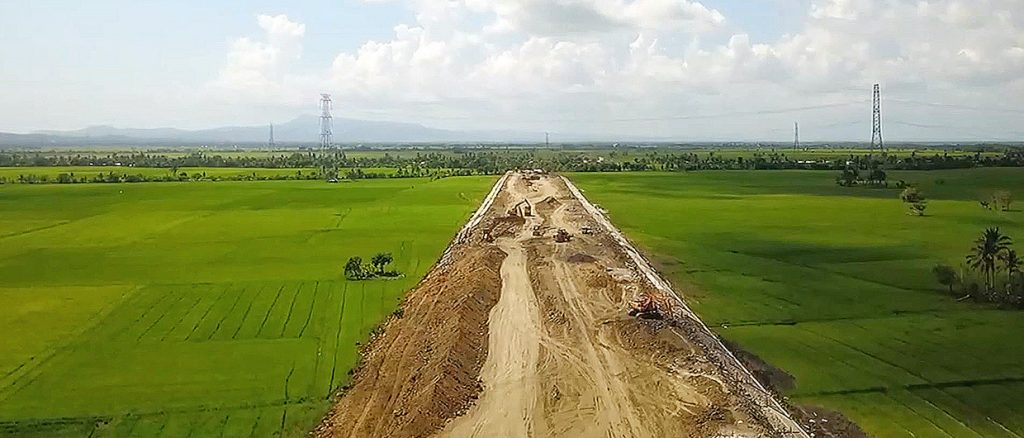
Another project is the Camarines Sur Expressway, which is a 15.21 kilometer, four-lane divided high-speed highway connecting the municipalities of San Fernando and Pili in the province of Camarines Sur.
Travel time will be reduced from 51 minutes to 11 minutes, with project completion slated for 2022.
These are just some of the projects that form part of the Luzon Spine Project.
EDSA DECONGESTION
Alongside this ambitious project, the DPWH is also working on its grand EDSA Decongestion Masterplan, which is likewise composed of new infrastructure plans.
By then, Sec. Villar said every city in Metro Manila could be reached in as short as 20 minutes to as long as 30 minutes.
These new road networks will surely decongest Luzon, prop up property values in surrounding areas, which practically comprises the whole region, and consequently improve the lives of Filipinos.
